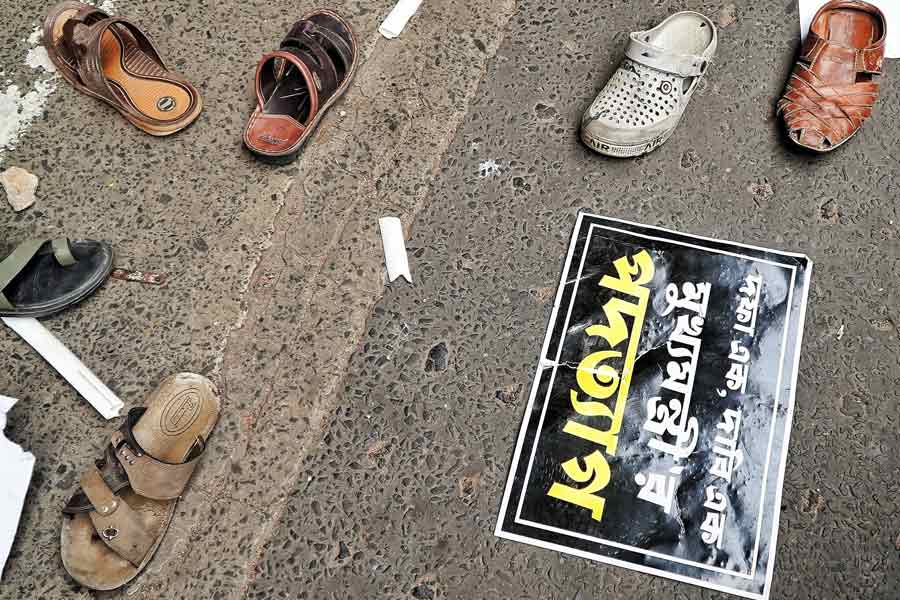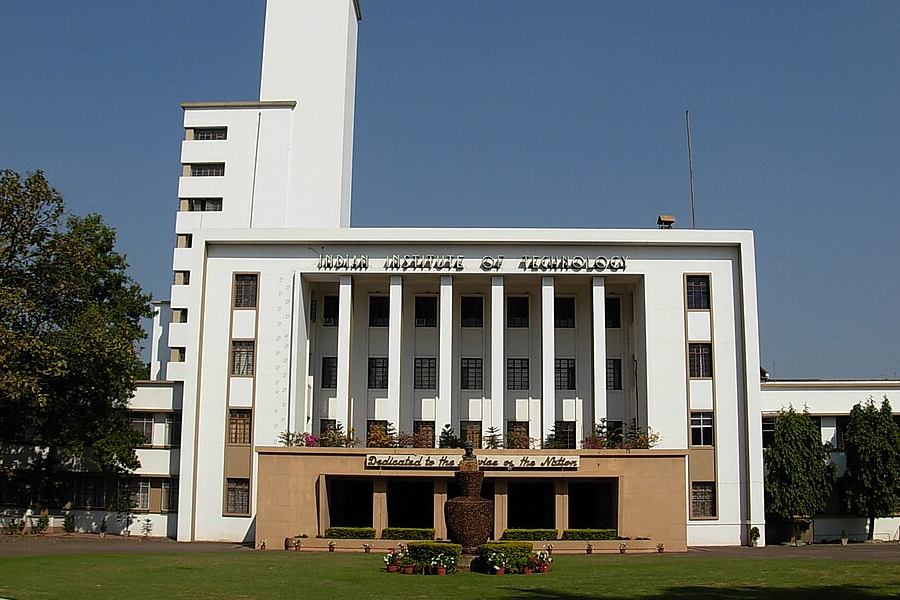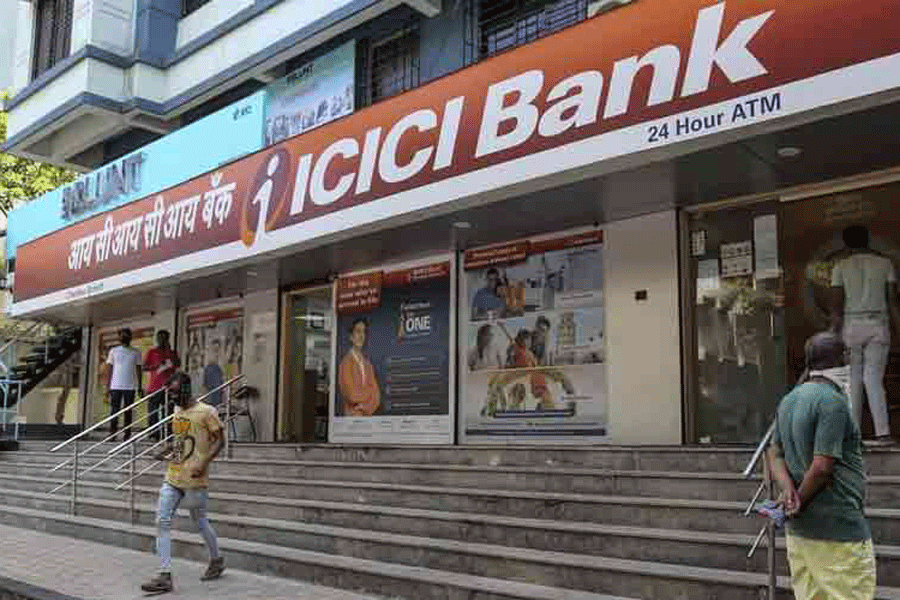 |
| Aakash (left) and Saif with the model of the city that is energy self-sufficient. Telegraph picture |
A two-member team of DAV, Walmi, has prepared a model that takes the best out of waste and pollution in a city to make it energy self-sufficient.
Class X students Aakash and S.M. Saif have four components in their model based on the theme of “best electricity generation programme”.
These focus on electricity generation from city sewage, use of convex lenses (a beam of light passing through such lens converge at one point) at a thermal power plant, generation of kinetic energy from speed breakers and conversion of sound energy into electrical energy.
The four components that make up the model contribute to generating power.
The duo participated in the CBSE national exhibition held in New Delhi from October 4-6.
For one of the components, the teenagers took inspiration from the incessant honking on roads that rouse tempers in every city. To beat the menace, they focused on electromagnetic induction to reduce the sound level and generate electrical energy in its place.
Fourteen-year-old Aakash said: “We converted sound energy into electrical energy. We feel the vibration of our cellphones, in the same way, when someone honks, a vibration is created in the atmosphere because of the high amplitude of the sound. We have adopted the concept of sound absorbers, which are used to eliminate sound reflections, and incorporated it into an electromagnetic device. Hit by the high amplitude of the sound, the device brings down the noise level when a driver honks.”
For the electromagnetic device, the teenagers have worked with a diaphragm and a magnet. The diaphragm helps absorb vibrations of sound waves so that they can be captured as another form of energy.
Aakash explained: “After the diaphragm is flexibly connected to the magnet, the device is hit by a high amplitude of sound already created in the atmosphere. Through electromagnetic induction, the sound energy is converted into electrical energy.”
Aakash and Saif put the device to test in their Phulwarisharif locality and found its range at 200-300m.
Sixteen-year-old Saif said: “As students of science, we have learnt that energy can neither be created nor destroyed and can also be converted into different forms. So, we set our heads to it and worked on this model which converts sound energy into electrical energy.”
For generating power from sewage, Aakash said: “In Bihar we do not have a dam. Our plan focuses on collecting the sewage water in the city, treat it to remove sand and silt and put in place a dynamo (an electrical generator) through which power can be produced.”
At a thermal plant, the Class X students said, convex lens can be used to generate temperature from 25°C to 1,400°C. It would help cut down the exploitation of water and natural resources such as coal and petroleum, they said.
Saif said: “We have to manoeuvre many speed breakers daily. Instead of getting irritated, the mechanical energy created when a vehicle crosses over a speed breaker can also be converted into kinetic energy.”











